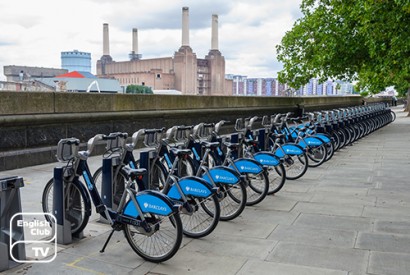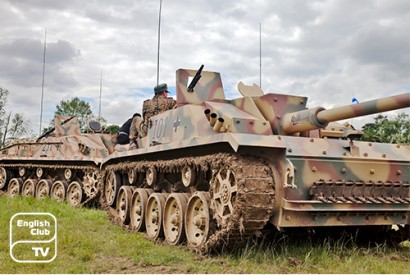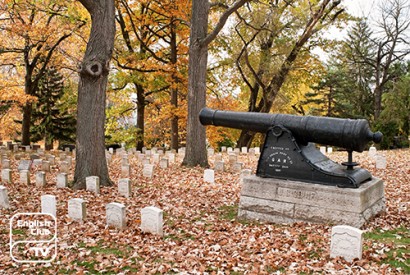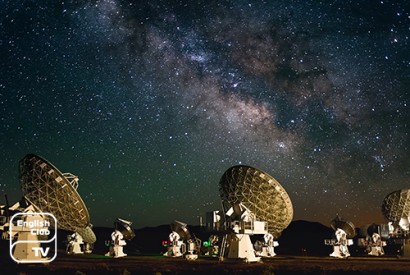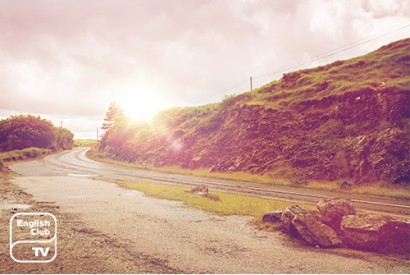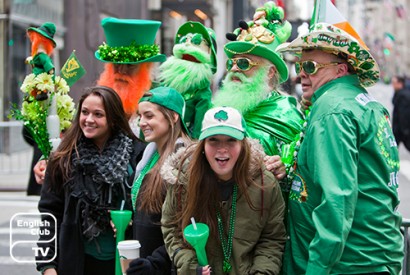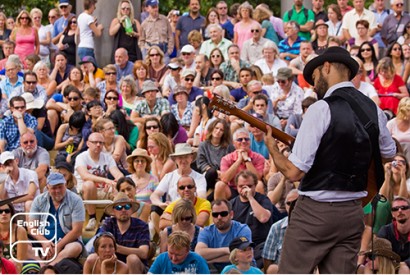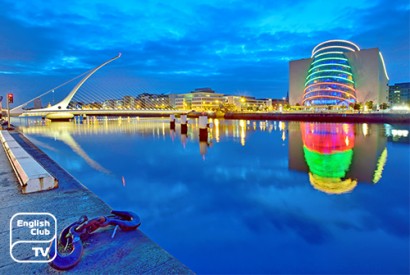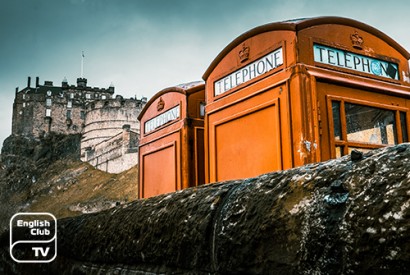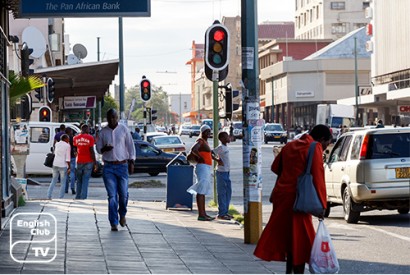17
Oct
Battersea London- A significant region in the UK
Battersea London takes its historical recognition with St. Mary’s Church that lies in the centre of an island. The Island's position is in the middle of a small river called Falconbrook that flows underneath South London until it meets the River Thames. In the Anglo-Saxon era, Battersea known as Badrices Teg or Badric’s Island possessed the name ‘Patrisey’ after that. Battersea London – famous church The St. Mary’s Church has been on the island since 1777, and in 1782, the famous poet William Blake and, his wife Catherine entered into… 

